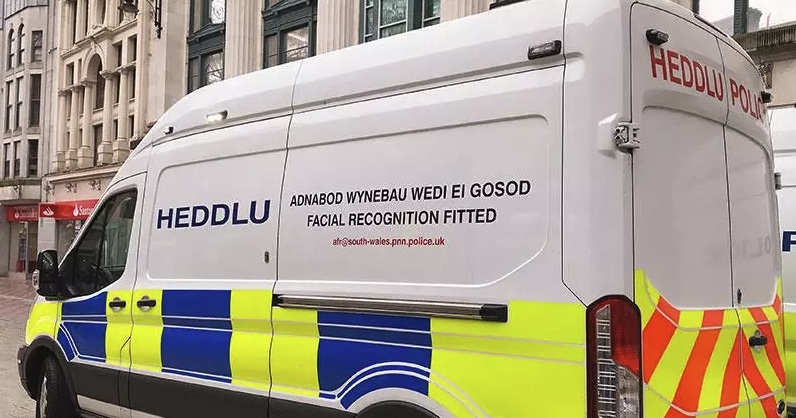North Wales Police will deploy live facial recognition (LFR) technology at select events across the region, the force has announced.
This decision follows a successful trial earlier this year at Holyhead Port, which saw the technology used to enhance public safety.
The deployment will be in collaboration with South Wales Police, aiming to maintain safety and security in public spaces.
Chief Superintendent Mark Williams, head of operational support services at North Wales Police, emphasised the importance of the technology in identifying serious offenders who could pose significant risks to communities.
“Our primary aims in using this technology are to keep the public safe and to help us identify serious offenders who pose a significant risk to our communities,” said Chief Superintendent Williams.
Public Support for Facial Recognition Technology
Public opinion appears to favour the use of the technology for safety purposes. A 2021 survey conducted on behalf of the Information Commissioner indicated strong public backing, with 82% of respondents expressing support for the police using LFR.
Chief Superintendent Williams believes this support will continue as the police utilise all available tools to maintain public safety. “I believe public support will continue as we work to use all available methods and technologies to keep our communities safe. We will always ensure that our use of LFR is legal, ethical and legitimate,” he added.
What is Live Facial Recognition (LFR)?
Live facial recognition (LFR) is a real-time surveillance tool that compares live camera feeds of faces against a predetermined watchlist. This technology is primarily used to locate people of interest, such as missing persons or those with outstanding warrants. LFR was first used by police forces in England and Wales during the 2017 UEFA Champions League final in Cardiff, where Real Madrid faced Juventus.
How LFR is Used
LFR is employed to enhance public safety, reassure the public, identify suspects of criminal activity, and track individuals with outstanding warrants. Additionally, it serves to protect vulnerable community members, such as by locating missing persons or individuals experiencing crises who require urgent assistance.
The technology is typically deployed at large events or in busy areas, often utilising mobile LFR vans. These vans are clearly marked with signs, and additional signage is posted in the area to inform the public of its use. Operational staff are also on-site to monitor alerts and address any questions about the technology.
How LFR Works
The technology operates by mapping each detected face using software that measures distinct facial features, such as the distance between the eyes and the length of the jawline. This data is converted into a unique biometric dataset, which is then compared against the watchlist. If a face sufficiently matches a record in the watchlist, an alert is generated and forwarded to an engagement team, who may then approach the person of interest.
Legal Framework Surrounding LFR
According to the College of Policing, it is lawful for police to overtly deploy LFR, as confirmed by the Court of Appeal. Police forces have also commissioned independent testing of the algorithm used with LFR by the National Physical Laboratory. The results of this equitability testing support that, at the settings used operationally in policing, the technology does not discriminate on the grounds of gender, age, or race.
A spokesperson said: “In line with national guidance, North Wales Police will do everything reasonably possible to let people know when and where we are using LFR in advance of any deployment, and any deployment will be accompanied by clearly identifiable signage to show that.”

